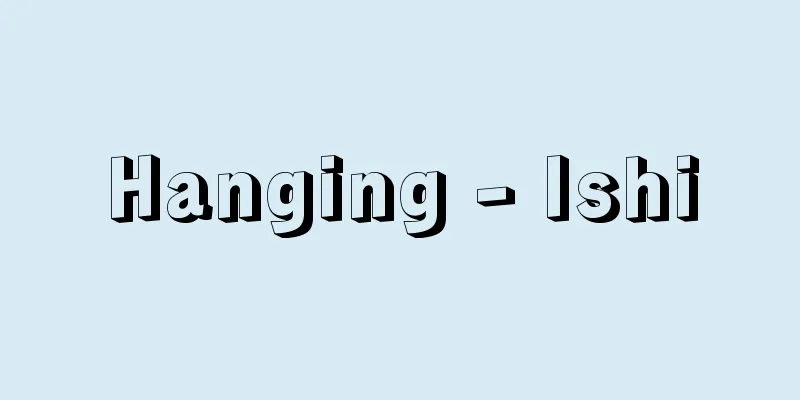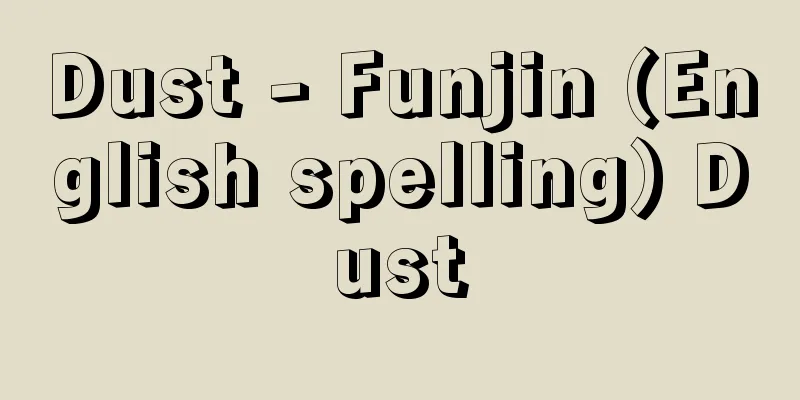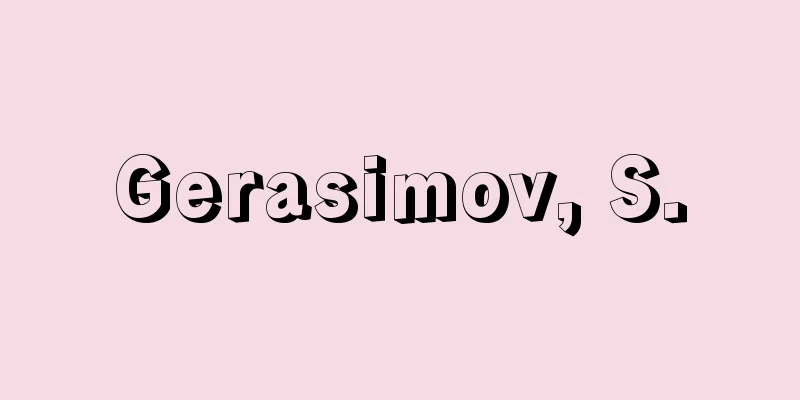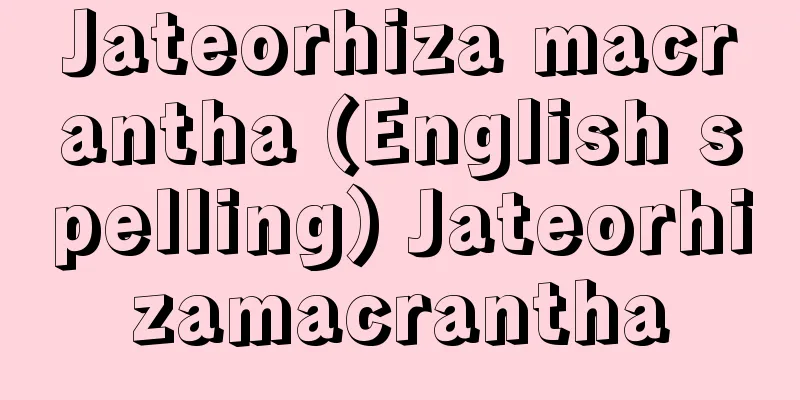Hanging - Ishi

|
Death by hanging, in which a person suspends himself from a rope or some other object by using his own body weight to compress the neck (strangulation). This is also called hanging or garroting. The fork of a tree branch or a beam may be used instead of a rope. Typical hanging is when a rope is fixed at a high point and the person is suspended in mid-air from the front of the neck, using the person's entire body weight. The rope is lowest on the front of the neck, and is hung symmetrically from left to right toward the back and upper part. Other types of hanging are atypical, where the feet are on the floor or ground (in which case around 80% of the body weight is applied), or the person is in a sitting or lying position, and there are various ways in which the weight is applied and the direction of the rope. The minimum weight required for hanging is one-third to one-quarter of the person's body weight. The causes of death are airway obstruction (asphyxiation) caused by hanging, when the base of the tongue rises and blocks the pharyngeal cavity, cerebral circulatory dysfunction caused by pressure closure of the blood vessels in the neck, and reflex nerve disorders caused by pressure stimulation of the vagus nerve and other neck nerves. Depending on the form of hanging, each of these can be a cause of death independently or in combination, but the first two play a major role, and cerebral circulatory dysfunction in particular is a key factor. The marks left by the pressure and abrasion of the cord that touches the skin are called hanging scars, and the groove-like depressions are called hanging grooves. The hanging grooves start out pale and gradually turn brown and leathery. They are shallow and wide with towel-like cords, and deep and narrow with wire- or rope-like cords. In typical hanging, the hanging grooves are most prominent in the anterior neck above the laryngeal eminence and become weaker as they move rearward and upward, and the face generally turns pale due to compression and closure of the carotid artery and vein and vertebral artery. In atypical hanging, the face is dark red and swollen. If the hanged person is still alive, the cord is released and emergency resuscitation is performed. Most cases are suicide, but there are also feigned hangings (suicide followed by hanging). In Japan, hanging is considered a hanging punishment under the criminal code, but the method of execution is technically hanging. [Akiko Sawaguchi] Source: Shogakukan Encyclopedia Nipponica About Encyclopedia Nipponica Information | Legend |
|
紐(ひも)などの類(索条)を頸(くび)の周りに巻くか、またはかけ、その端を他の物体に固定して体を懸垂し、自己の体重を利用して頸部(けいぶ)を圧迫し(縊頸(いけい))死亡すること。首つり、縊首(いしゅ)ともいう。索条にかわるものとして、木の枝の分岐部や梁(はり)などが用いられることもある。高所に固定した索条を前頸部にかけて宙づりとなり、全体重を利用したのが定型的縊死で、索条は前頸部でもっとも低く、左右対称的に後上方に向かってかかっている。これ以外のが非定型的縊死で、足が床や地面についていたり(この場合は体重の80%前後がかかる)、坐位(ざい)、臥位(がい)などがあり、体重のかかり方、索条の走向もいろいろである。縊死に必要な最低重量は体重の3分の1から4分の1である。死因となるものは、縊頸で舌根部が上にあがって咽頭腔をふさぐ気道閉鎖(窒息)、頸部血管の圧迫閉鎖による脳循環機能障害、迷走神経などの頸部神経の圧迫刺激による反射性神経障害である。縊死の形態によって、それぞれが独立的に、あるいは相連合して死因となりうるが、前二者が大きな役割をもち、とくに脳循環機能障害が重要な因子となる。 皮膚に接した索条の圧迫・擦過(さっか)による痕跡を縊痕(いこん)、溝状のくぼみを縊溝(いこう)という。縊溝は初めは蒼白(そうはく)で、しだいに茶褐色革皮様となる。タオルのような索条では浅く広く、針金や縄のような索条では深く狭い。定型的縊死では、縊溝は喉頭(こうとう)隆起より上位前頸部でもっとも著明で、後上方に進むにつれ弱くなり、顔面は頸動静脈、椎骨(ついこつ)動脈の圧迫閉鎖で一般に蒼白となる。非定型的縊死では、顔面は暗赤色で腫脹(しゅちょう)している。縊頸者が生存状態のときには、索条を解き、救急蘇生(そせい)術を行う。多くは自殺であるが、縊死を装う擬装縊死(他殺後に懸垂)もある。日本の絞首刑は刑法上は絞首であるが、死刑方法は厳密には縊首である。 [澤口彰子] 出典 小学館 日本大百科全書(ニッポニカ)日本大百科全書(ニッポニカ)について 情報 | 凡例 |
>>: Will - Ishi (English spelling) will, volition (English), volonte´ (French), Wille (German)
Recommend
A petition to the emperor
Under the modern Emperor System (Meiji Constituti...
High economic growth
The 1960s saw Japan's economic growth rate exc...
Karukayado - Karukayado
This is a hall in Saikoji Temple, Ishido-cho, Kita...
Blue Dora - Aodora
...Crystal cv.Crystal is a new variety, beautiful...
species name
…The starting point for naming plants and animals...
Indirect exchange interaction
…Research into magnetism in localized magnetic el...
cellulae mastoideae (English spelling) cellulaemastoideae
…(5) Mastoid Sinus and Mastoid Cells The mastoid ...
Toshi Ichiyanagi
Composer and pianist. Born in Kobe. He studied co...
Shintaro Uda
Electrical engineer. Born in Toyama Prefecture. A...
Price, U. (English spelling) PriceU
…First, William Gilpin (1724-1804) made people re...
Korea (Korea) - Kan
...Its area is about 221,000 km2, roughly equival...
Haworthia manghanii (English spelling) Haworthia manghanii
… [Hiroshi Yuasa]. … *Some of the terminology tha...
Elytis, Odysseus
Born: November 2, 1911, Heraklion, Crete [Died] Ma...
Sabatier
French organic chemist. He studied at the École No...
Rotating disk extraction column
...In a spray tower, the continuous phase is sign...






![Zentsuji [city] - Zentsuji](/upload/images/67cc0a8780641.webp)


